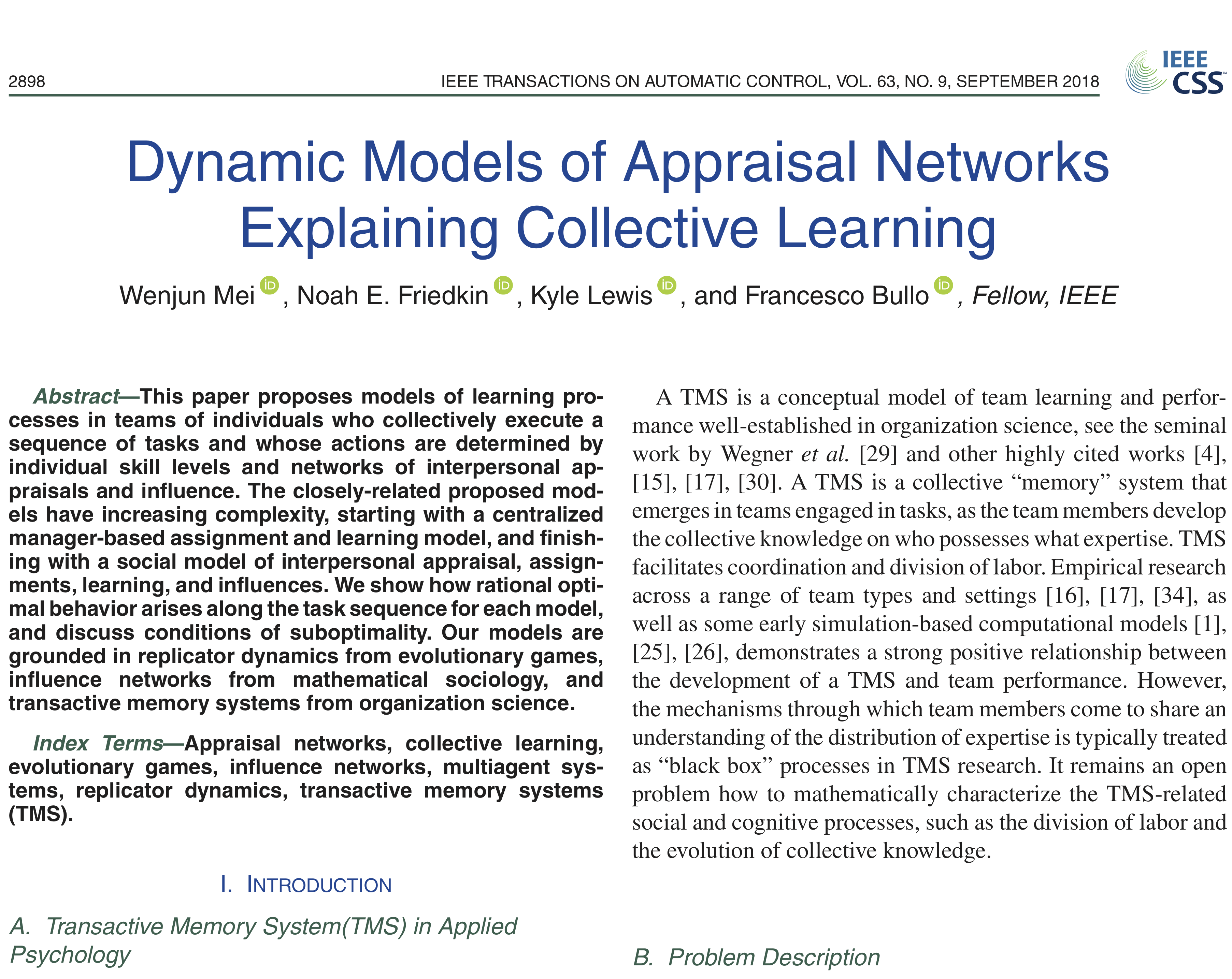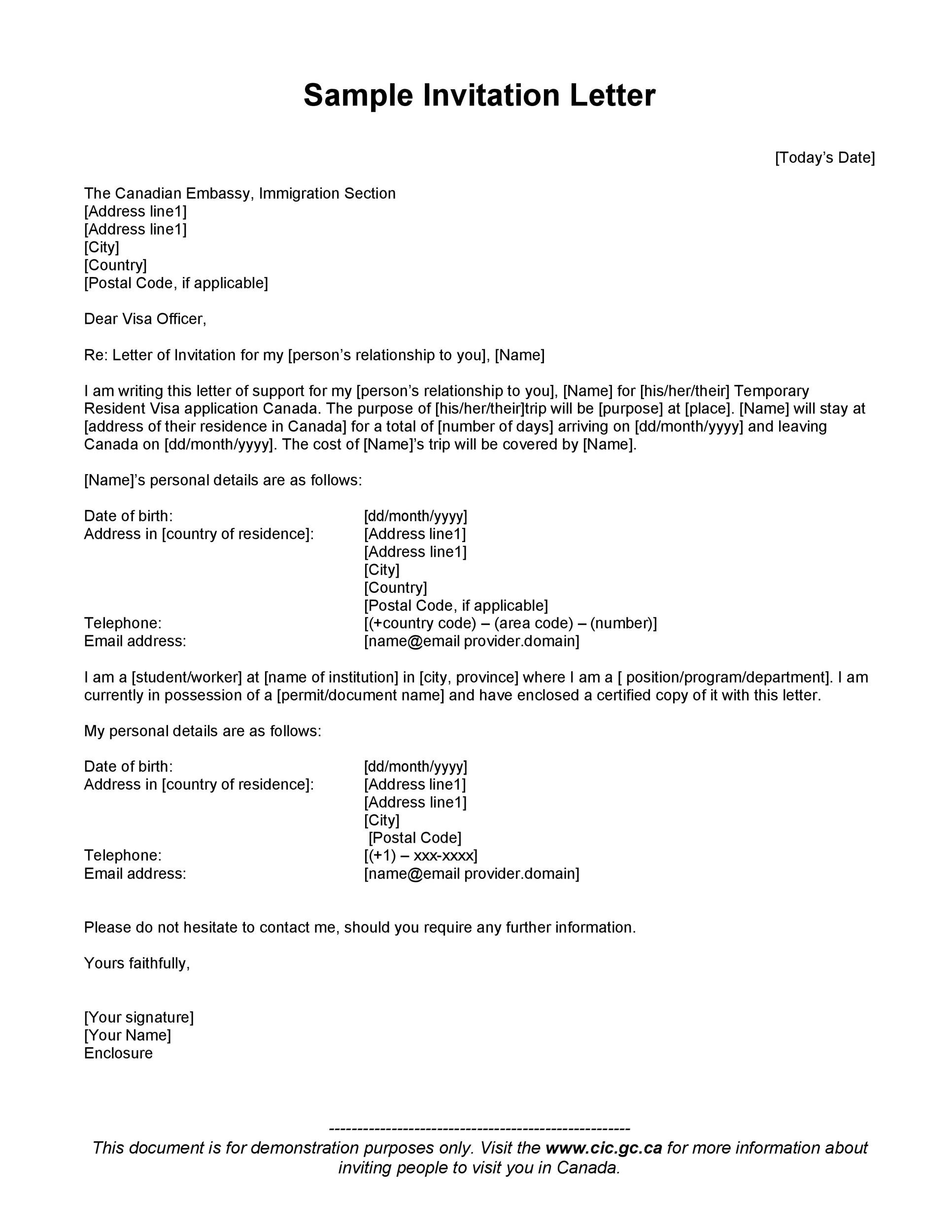Animal Cloning Research Paper Example - EssayEmpire.
Biotechnology was turned upside down in 1997 when Scottish scientist Ian Wilmut of the Roslin Institute in Edinburgh announced the successful cloning of a sheep named Dolly. While previously there.
This sample Animal Cloning Research Paper is published for educational and informational purposes only. If you need help writing your assignment, please use our research paper writing service and buy a paper on any topic at affordable price. Also check our tips on how to write a research paper, see the lists of research paper topics, and browse research paper examples.
In 1996, University of Edinburgh scientists celebrated the birth of Dolly the Sheep, the first mammal to be cloned using adult somatic cells. The Edinburgh team’s success followed its improvements to the single cell nuclear transfer (SCNT) technique used in the cloning process. Dolly became a global scientific icon and SCNT technology has spread around the world and has been used to clone.

Animal cloning has advanced since the time of the Dolly sheep. Initial attempts involved using embryonic cells. First, extraction of the DNA nucleus from an embryonic cell was done then entrenched into an unfertilized egg. This unfertilized egg must be free from a nucleus hence the nucleus had to be removed prior to the inclusion of the DNA nucleus. An electric shock is what stimulated.

Embryonic Cloning. To understand this new direction of nuclear transfer research, it is important to recall the atmosphere of the early 1980s. Superovulation and embryo transfer were widely applied to maximize the reproductive potential of farm animals (Gearheart et al., 1989).Soon after, the first sheep embryos were manipulated to make monozygotic twins by blastomere separation (Willadsen.

Dolly the sheep. Dolly the sheep was the first mammal to be cloned. She was born in the UK in 1996 and died in 2003. She was produced using the nucleus from an udder cell (although other cells.

Animal Cloning Essay Examples. 22 total results. An Argument Against the Idea of Animal and Human Cloning. 939 words. 2 pages. A Research on the Controversial Topic of the Real Possibilities of Cloning. 1,243 words. 3 pages. Cloning Animals Could Lead to the Salvation of Endangered Species. 673 words. 1 page. Scottish Researchers Broke One of Nature's Greatest Law. 510 words. 1 page. The.

Sheep can live to age 11 or 12, but Dolly suffered from arthritis in a hind leg joint. There are many processes that have been through before Dolly was created. Animal cloning from an adult cell is obviously much more complex and difficult than growing a plant from a cutting.

Cloning has been in existence in society for many years, but it is only since the year of 1997 that the topic of cloning has sparked a controversy of positive and negative opinions. It was in the year of 1997 that the first cloning of an animal had been performed. This sheep’s name was Dolly and Dolly created a frenzy within the scientific.

The research, published in Nature magazine, follows the Edinburgh team's success in cloning sheep embryos. Last year they produced two identical sheep, which were clones of an original embryo. The company which has bought the rights to the research, PPL Therapeutics, said Dolly would help to improve understanding of ageing and genetics and lead to the production of cheaper medicines. US.

Dolly was an important milestone, inspiring scientists to continue improving cloning technology as well as to pursue new concepts in stem cell research. The endgame was never meant to be armies of genetically identical livestock: Rather, researchers continue to refine the techniques and combine them with other methods to turbocharge traditional animal breeding methods as well as gain insights.

Introduction: The possibility of human cloning, raised when Scottish scientists at Roslin Institute created the much-celebrated sheep Dolly, aroused worldwide interest and concern because of its scientific and ethical implications. The feat, cited by Science magazine as the breakthrough of 1997, also generated uncertainty over the meaning of cloning an umbrella term traditionally used by.

The animal's cloning by Ian Wilmut and his colleagues at the Roslin Institute, close to Edinburgh, rekindled a latent issue in popular culture: Is the cloning of human beings also possible? Dolly was the living proof that the images depicted in science-fiction literature and films could imminently become a disturbing prospect. The media coverage of this story can be explained by the varied and.



